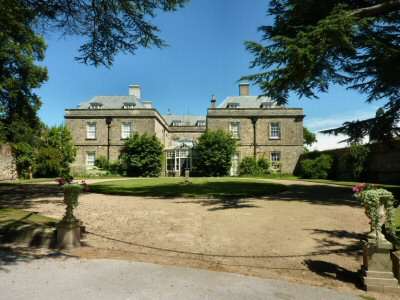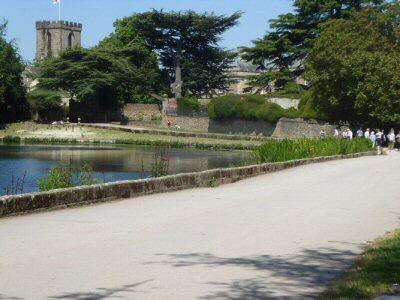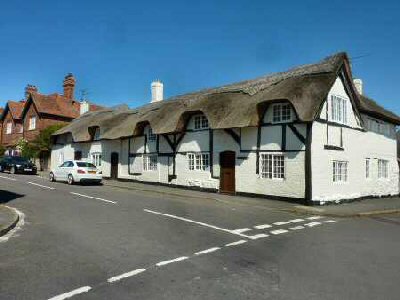MELBOURNE
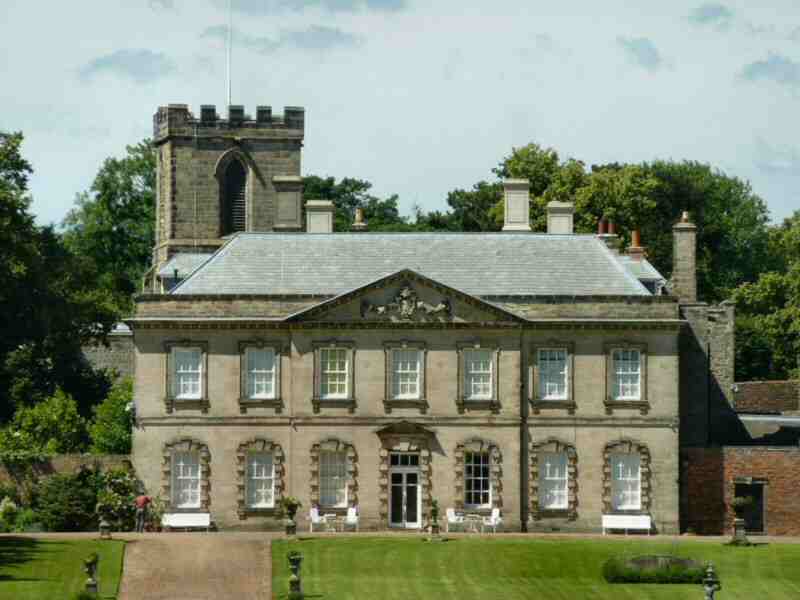
PLAN YOUR VISIT
Location: On the B587 just off the A514 Derby to Swadlincote road. Castle Square, Melbourne (SK389251).
Visit: Melbourne Church has been described as a ‘Cathedral in miniature’ and dates from the first half of the 12th century. – Melbourne Hall and Gardens are open to the public on selected days. – The Melbourne Art and Architectural Trail usually takes place in September each year, when some of the Midlands’ best creative artists whose works are in gardens, halls, and local homes not usually open to the public. Visit www.melbournefestival.co.uk for further information.
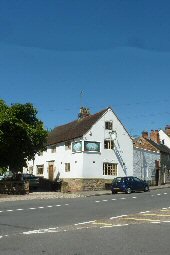
Refreshments: Several cafes, pubs, and restaurants suit all tastes.
Walk: The Melbourne, King’s Newton, and Wilson Walk visits three lovely settlements in beautiful surroundings. After visiting the picturesque village of King’s Newton, you cross Newton Park and link up with the former Derby to Ashby Railway, which opened in 1867 and closed in 1982. It is now part of the Sustrans Cycle Trail. Wilson, an attractive roadside village, is passed on the way to Melbourne Park on the return to the walk’s starting point.
Special Places of Interest in the Locality: Calke Abbey and Grounds. The place where time stood still was the words used to describe the property when The National Trust opened it to the public in 1989. It is one of the most unusual English country houses with extensive collections of birds, ornaments, paintings, and photographs. – Foremark Reservoir, a 230-acre reservoir, provides footpaths, picnic facilities, sailing and good trout fishing. A recent addition is an area of woodland planted with 10,000 trees. There is a Visitor Centre and a children’s play area. – Staunton Harold, situated on the boundary of North West Leicestershire, is a neighbour to Calke Park, just over the Derbyshire border. It lies in an area of outstanding natural beauty and historical interest, which attracts visitors from near and far.

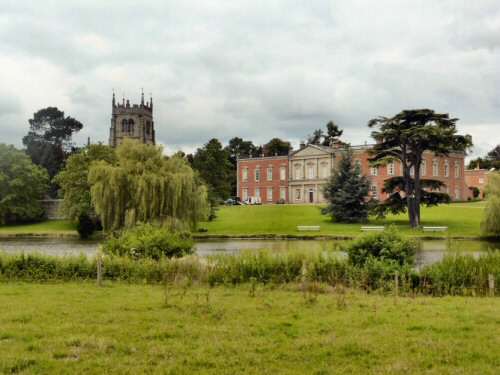
INTRODUCTION
Set among pleasant rolling countryside in South Derbyshire, Melbourne is a fascinating little town. It has a wealth of historic buildings, a famous country house with formal gardens, one of the finest Norman churches in the country, and a lovely pool where you can feed the ducks or rest awhile and take in the beautiful surroundings.
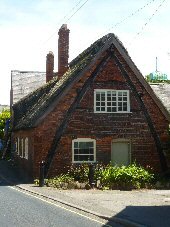
Market gardening was an important area feature, with its good loamy soil and relatively frost-free north-facing slopes. Melbourne became a centre for the supply of fruit and vegetables several centuries ago. Increased competition has reduced its importance, but there is still plenty of evidence of its existence in the locality.
The town, or as some call it the village, has only a parish council and a wide variety of small industries. It is well-stocked with shops that meet the needs of locals and visitors alike, and there is a wide selection of places to eat and drink.
Visitors flock to Melbourne in the summer and at weekends in winter to enjoy the peace and tranquillity and the numerous events organised by local people. Walkers are coming to the town in increasing numbers to enjoy walks along the well-maintained footpaths that often lead to other places of special interest.
MELBOURNE HALL
A prominent landmark in the town is Melbourne Hall, which was originally owned by the church and served as a rectory for the Bishops of Carlisle until it was sold in 1628. The house then passed through several generations of the same family and has been the home of two Victorian prime ministers, Lord Melbourne and Lord Palmerston. The former was Queen Victoria’s first Prime Minister, who gave his name to a small settlement on the river Yarra-Yarra, which is now Australia’s second city. The house, with its fine furniture and paintings, is open to the public on selected days.
The hall gardens were designed by William III’s gardeners, London and Wise, who succeeded in creating deceptively spacious gardens in a comparatively small area. Focal points are Robert Bakewell’s great wrought iron domed cage, known as ‘The Birdcage’ and an elaborate vase made by Van Nost, which illustrates the Four Seasons and was a gift from Queen Anne. The Yew Tunnel is reputedly the longest in Europe. The garden is open to the public during the summer – check opening times.

THE PARISH CHURCH OF ST.MICHAEL’S WITH ST. MARY
Most visitors are surprised to find one of the largest Norman churches in England in such a small town. The parish church of St. Michael’s with St. Mary dates back to 1133, when Henry I gave the royal manor of Melbourne to the first Bishop of Carlisle. At that time, Carlisle was on the edge of the heathen north, and the bishop needed a substitute church to retreat to when the Scots overran Carlisle before the English regained control. The church’s roof was raised, and the windows were enlarged in the 19th century; the old roof marks are visible from the southeast. The flags of Melbourne and Australia hang in the north aisle.
THE TOWN
Across the road from the church, in the estate buildings of Melbourne Hall, is a craft centre and tea rooms. A little further along Castle Street was once a substantial castle, but it fell into disrepair in the 17th century. Enterprising local builders were not slow to take advantage of such a good supply of stone. All that remains above ground is a wall made up of infillings of the castle wall, the facing stones having been removed. Some of the former castle rooms have been identified after excavation work at Castle Farm. Castle Square was the site of the medieval marketplace, where on the north side stands the White Swan with the inn sign clasping the corner of the building.

MARKET PLACE MONUMENT
The monument in the Market Place was built in 1889 to commemorate Queen Victoria’s Golden Jubilee. On its northern side is an engraved bronze plaque displaying a potted history of Melbourne. To the north of the recently refurbished Market Place is Blanch Croft, where former framework knitters’ cottages with long, low windows can be seen. In High Street is a well-preserved cruck-beam cottage.
THOMAS COOK
In 1808, Thomas Cook was born in a small cottage in Quick Close. His name is now known worldwide for the travel company he founded. At 28, he moved to Leicester to work for the Baptist Church. His first organised trip was to transport 570 passengers by rail from Leicester to Loughborough and back for a temperance rally. This was successful, as were other trips to Glasgow and London for the Great Exhibition.
After moving to London, the business grew so much that Cook began organising train tours across Europe, America, and worldwide. His son eventually took over the company, and Thomas Cook died in 1892. The cottage where he was born has been demolished.
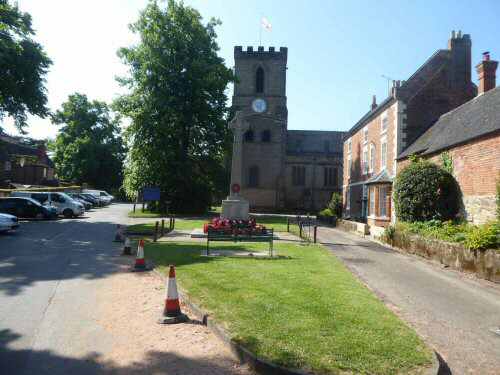
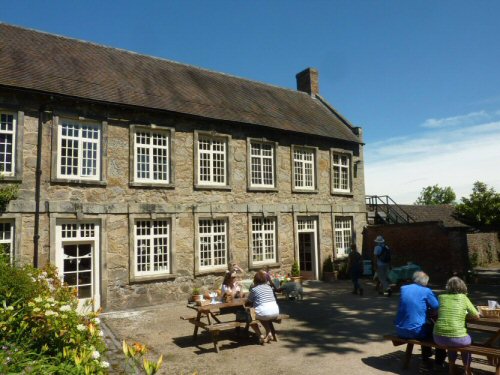
TEN FASCINATING FACTS ABOUT MELBOURNE
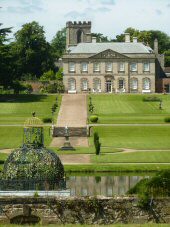
1. Melbourne was the first town in Derbyshire to receive accreditation as a Walkers are Welcome Town, with the launch event on Sunday, 13 October 2013. The not-for-profit organisation that administers accreditation considers several important factors before approving nominations, including the availability of top-quality walking information, footpath preservation, public transport, and refreshment provision.
2. In 2023, The Times newspaper ranked Melbourne as one of the best places to live in the Midlands.
3. At the bottom of Potter Street, the principal street in medieval times, is a large thatched cottage – divided into seven cottages in 1824 but now restored to one.
4. Further up Potter Street, The Athenaeum was built as a combined Savings Bank, Mechanics Institute, and Infants School. Its foundation stone was laid in 1853 by Lord Palmerston, one of Queen Victoria’s Prime Ministers, whose wife inherited Melbourne Hall.
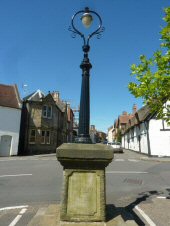
5. Castle Square was once the site of the medieval fair and market, following the granting of a Royal charter in 1230. The main road passed through Castle Square towards Ashby-de-la-Zouch until it was diverted through the current marketplace in 1789.
6. In Castle Square, an obelisk supporting a Victorian lamp bears the date 1836, when the market was revived after lapsing. It originally stood in the present marketplace before being moved to its current location.
7. The unfortunate Duke of Bourbon spent much longer in Melbourne than he desired. Captured at the Battle of Agincourt in 1415, he was imprisoned in Melbourne Castle for 19 years and died when he was being returned to France.
8. Mary, Queen of Scots, was to be imprisoned at Melbourne but missed out because of its poor state of repair.
9. To the church’s north is Dark Entry, a narrow passageway once used by priests to access the chantry in Penn Lane. As you walk up the lane, look out for the distinctive cast-iron windows of the former National School.
10. Before his death, Cook endowed the Memorial Cottages in High Street. There are 14 cottages with a bakehouse, washhouse, laundry, and Mission Hall.
Melbourne Two Villages Walk
